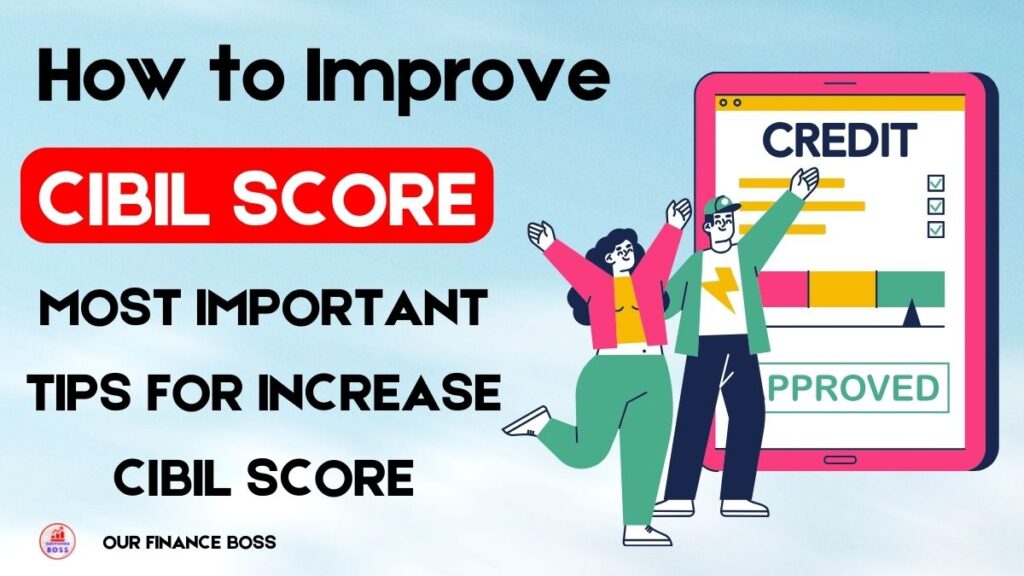GST ( Goods and Services Tax ) is a Comprehensice tax levy on Goods and services sold or provided in india. it’s a destination-based tax, meaning the tax is levied where the goods or services are consumed. in this post we will discuss about GST Payment online.
Read this also : What is NEFT Transfer ? Transaction Time, Limit Per Day, Charges & How It Works?
Key-Features of GST
- Single Tax : GST Replace multiple indirect taxes, Such as VAT, Service Tax, and Exise duty.
- Destination Based Tax : tax is levied where the goods or services are consumed.
- Dual GST :GST is levied by both the central goverment ( CGST ) and State Governments (SGST).
- Input tax credit ( ITC ) : buisness can claim ITC On taxes paid on inputs.
Read this also : What is Unbilled Amount in a Credit Card? A Complete Guide
Types of GST
- CGST ( Central Goods and Services Tax ) : It is a Component of the goods and services tax in India. it is a tax levied by the central govenment on the supply of Goods and Services within a State.
- SGST ( State Goods and Service Tax ) : It is a Component of the Goods and Services tax (GST ) in india. it is a tax levied by the State Goverment on the Supply of Goods and Service Within a State.
- IGST ( Integrated Goods and Services tax ) ; It is a component of the Goods and Services Tax (GST) in India. It is a tax levied by the Central Government on the supply of goods and services.
GST Rates
GST Rates vary from 0% to 28%, with four tax slabs:
- 0 % Essential items like food, healthcare, Meat, Eggs, Milk and dairy products, Bread and bakery products, Prasad, puja samagri,, education.
- 5 % items like spices, tea and coffee, sugar, edible oils, and flour. footwear, skimmed milk, milk food for babies, Branded Paneer.
- 12 % Most Goods and Services like Footwear above 500 Rupee, Fruits, Vegetables, and nuts
- 18 % Cars, Auto parts, Furniture, mattresses, electrical appliances, perfumes, cosmetics, personal care product.
- 28 % Luxury Cars, tobacco etc.

Benefits of GST
- Simplified tax structure : Reduces complexity an complexity and compliance costs.
- Increased transparency : improves tax administration and reduce corruption.
- Reduced tax burden : Eliminates cascading taxes and reduce tax rates.
Which mode to choose for GST Payment ?
Online GST Payment
- Internet banking : Pay through internet banking using your bank’s website or Mobile app.
- Debit / Credit Card : Pay Using Your Debit or Credit card.
- NEFT / RTGS : pay through NEFT or RTGS.
Offline GST Payment
- Over-the-Counter ( OTC ) : Pay in Cash or through a cheque at authorized bank branches.
- Cheque / DD : pay through a cheque or demand draft at authorized bank branches.
Other GST Payment
- GST Suvidha Kendra : Pay throgh authorized GST Suvidha Kendra
Conclusion : “GST” is a Comprehensive, multi-stages, destination-based tax levied on the value aded to goods and services at each stage of Production, Distribution, and consumption. In this post we discussed about online GST payment.
Frequently Asked Question ( FAQ )
GST ( Goods and Services Tax ) is a Comprehensice tax levy on Goods and services sold or provided in india.
GST was Implemented on July 1, 2017.
You can register for GST On the Official GST Portal Click here
#ourfinanceboss #gst #finance

